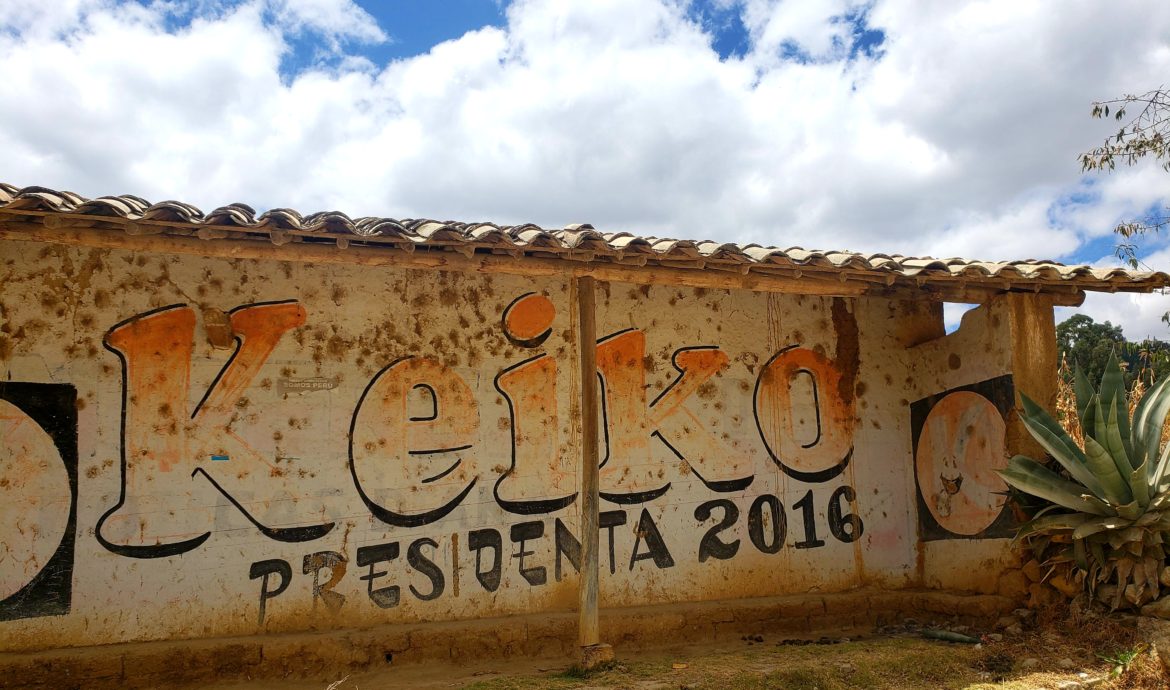
Lavando los muros
PerúLike many andino pueblitos I’ve passed through, Marcapomacocha, elevation 14,484’, isn’t the type of town that needs signs. Everybody who lives in the handful of shacks that make up this pueblito knows where everything is. I had to ask on the street to be directed to a “hotel”– a spare bedroom on the second floor above a señora’s tienda. I had to ask the señora for a restaurant — for which she called a friend, asking her if she could cook me dinner.
While I waited for a pollo a la plancha in the second señora’s dining room, her husband walked in and turned on the TV.
“¡Vizcarra disolvió el congreso!”
On the TV, the streets of Lima overflowed with people angrily waving signs. The reporters spoke too quickly and excitedly for me to understand anything, but I gathered from reading the news ticker at the bottom of the screen that Perú’s president, Martín Vizcarra, had unilaterally “dissolved” or “disbanded” congress. Immediately, I recalled reading about Alberto Fujimori’s similar action in the 1990s, effectively converting Peru’s democracy into a dictatorship. I couldn’t tell whether the protests raging on the television were rallies for or against Vizcarra, the congress, or something else entirely. The man in the dining room occasionally commented excitedly to me, but in a heavy Quechua accent that I couldn’t understand. With no cell phone service, I could only guess what was happening in Lima.
I had planned to visit Lima the next day. A part of my stove had broken, and I needed a replacement; otherwise I would have to continue relying on the goodwill of señoras in towns like Marcapomacocha. The next day, my route would cross paths with a highway, the Carretera Central, where I hoped to be able to catch a four-hour bus ride down the mountain to Lima. And to be completely honest, after a long stretch of camping and eating meager mountain fare, I was craving a bowl of ceviche and a pisco sour. But had Lima erupted into political unrest? I didn’t have an option with my broken stove – I would have to find out.
~
The collectivo dropped me off at one of Lima’s busiest intersections. I tried to orient myself amid the sounds of car honks and the city’s bright lights. Busses and collectivos rushed by, hundreds of people jostled around me. I couldn’t believe I had cycled out of quiet Marcapomacocha the same morning, hardly seeing anybody along the forty-mile road to the Carretera Central.
In spite of the noise and jostling, nothing seemed particularly out of the ordinary. No signs, no shouting. I wondered what had happened to the protests I’d seen on TV.
I caught an Uber to my Airbnb (ah, the technological conveniences of being back in a modern city!). I asked the driver what had happened to the protests.
“Todos en apoyo de Vizcarra,” he told me. The people of Lima had been marching to express their support for Vizcarra’s move. Congress had an abysmal 20% approval rating and had been the subject of continued frustration due to their corruption and inability to enact legislation. Vizcarra proposed new elections in January to replace the stale, corrupt congress.
“¿Va a cambiar?” I asked him, wondering what difference elections would make. After all, the current congress had been democratically elected only a few years prior.
He shrugged. “El problema,” he told me, “todos en Perú tienen que votar.” Voting in Perú is not optional. It is a legal requirement. He continued:
“Yo tengo que votar, el ingeniero tiene que votar, y él tiene que votar,” he said, pointing out the window to a street vendor selling hot beverages. He explained that he knew more or less how to choose a candidate, that the engineer knows very well what’s best for the country, but that the street vendor has no clue. And most of the voters in Perú are more similar to the street vendor than the engineer.
“Entonces, la corrupción compra votas. No va a cambiar.”
~
The day after Vizcarra’s dissolution, the congress voted to impeach him. Some news outlets reported that because Vizcarra’s move was potentially unconstitutional, no one knew who was actually in power. José, my Airbnb host, disagreed. Vizcarra was very much in control, he told me, since the army and police had supported him.
José seemed to be part of Peru’s limeño elite. He had grown up in the same wealthy neighborhood, San Isidro, where he now lived in and rented out his penthouse. His fair white skin and blue eyes would blend in far more easily in Madrid than Marcapomacocha. His maid, a refugee from Venezuela, served us coffee, eggs, and mashua, a type of potato that Incan warriors ate ceremoniously. He didn’t smile or elicit any emotion as we chatted, until I brought up the political situation, when the lines on forehead tightened slightly.
“Es muy complicado,” he said. “Va a mejorar un poquito, pero la corrupción es un producto de la sistema.” He thought corruption may improve because the new politicians would have to be careful – Vizcarra had sent a signal that they would be on watch. But, in the end, corruption was a product of the system, not the people.
“El mismo problema en Bolivia. Lo mismo en Colombia.” I thought about that comparison. I hadn’t ever heard about corruption in Colombia or Bolivia — but maybe that was because the political conversations in those countries were dominated by other issues, such as Colombia’s reconciliation process with the FARC guerillas and the legitimacy of the strongman populist rule of Bolivia’s president, Evo Morales. Maybe corruption is everywhere, and it only happened to be in the spotlight in Perú for political reasons.
“Y lo mismo en los Estados Unidos. Pero en los Estados Unidos, la economía está sufficiente grande que no importa. En Perú, tenemos una economía pequeña – entonces, un poco de corrupción impacta todo el pais.”
I wanted to defend the US – but realized I didn’t really know if I could. Are our politicians corrupted? Probably, to some extent. And could it make sense, as Jose had argued, that the US can better brush it under the rug because our economy functions at a higher level? I didn’t have a response for him.
“¿Como cambia en Perú?” I pushed, sensing that he had deeper thoughts on the manner. He gave me a serious look.
“Mira China, Singapur. No hay corrupción por la pena de muerte.”
My eyebrows raised. China as a model to combat corruption? The death penalty?
“Tenemos que estar más fuerte, pero no es posible.” He explained that if Peru were to take a harsher stance with criminal punishment, they could free themselves of corruption, but that they’d be ostracized by the international organizations they depend upon, such as the United Nations, human rights organizations, the World Bank and International Monetary Fund, whose blessings, in the form of social and economic reports, give the country access to diplomatic treaties, trade agreements, and international credit.
As an example, José described how Alberto Fujimori’s regime took a hard stance against Sendero Luminoso terrorist supporters in the late 1990s, and suffered international backlash as a result. He complained that pressure from international organizations had forced the government to free certain convicted guerilla leaders because of alleged human rights abuses by the Peruvian government.
“¡Son guerillas! ¡Terroristas! Ya libre en la selva.”
José didn’t strike me as an extremist. Neither did the Uber driver. They both seemed like normal Peruanos, trying to make sense of a broken system. Their opinions may sound blasphemous to an American raised on the gospel of individual liberty and democracy. But hadn’t I heard similar, hushed doubts about the functionality of democracy in the US after Donald Trump was elected?
~
I arrived at Barra Chacala, a cevichería in the wealthy San Isidro district, just before the lunch rush. By the time the server delivered my leche de tigre, a thick-sauced ceviche served in a cocktail glass, the line for a table extended down the block. The people waiting in line sported designer jeans, flashy watches and leather jackets. Their fair skin and dyed blonde hair made me think for a moment that they must be tourists. Am I still in Perú? I thought. Will I really be back in the land of Marcapomacocha tonight? I wondered if any of the lunch-goers were limeño politicians, paying for their expensive clothing and ceviche with bribes from government contractors.
I got my check, paying about twenty times what my dinner in Marcapomacocha had cost, then went to a high-end outdoor retailer to replace the broken part of my stove. Though reluctant to leave behind this interlude of limeño luxury, I hopped in a collectivo that would take me from the opulent oasis of San Isidro back to the other Perú. We crawled through traffic and construction on the outskirts of Lima, as the high rises and verdant parks turned into crowded slums with crumbling buildings. A hallmark of the peruano architecture familiar to me returned: exposed rebar sticking out from the tops of buildings. As if the owners had planned to build a second story, a sign of social status, but never got around to it.
And the signature exterior decoration of rural homes also returned as we crawled up the highway toward the mountains – painted political advertisements, covering every roadside facade. “PPK 2016,” “Keiko,” “Somos Perú,” and a host of forgettable names, “por Alcade,” “por Gobierno,” “por Congreso.”
I had learned earlier on my journey that people don’t paint these advertisements on their homes out of political devotion, like a homeowner proudly staking a yard-sign in the US. Rather, political parties pay residents to deface their property. And residents don’t care enough, or can’t afford, to paint over the advertisements when the election is over. So they leave them up until the next election rolls around, and a political party comes up with another payment.
I figured all the roadside walls would be due for a fresh coat of paint soon, now that Vizcarra had called for new elections in January. And the homeowners would receive a nice bonus in what would otherwise be an off-year for elections.
And while Vizcarra might wash the walls temporarily clean in the halls of Congress, the dollars of democracy will surely return to paint them over again.
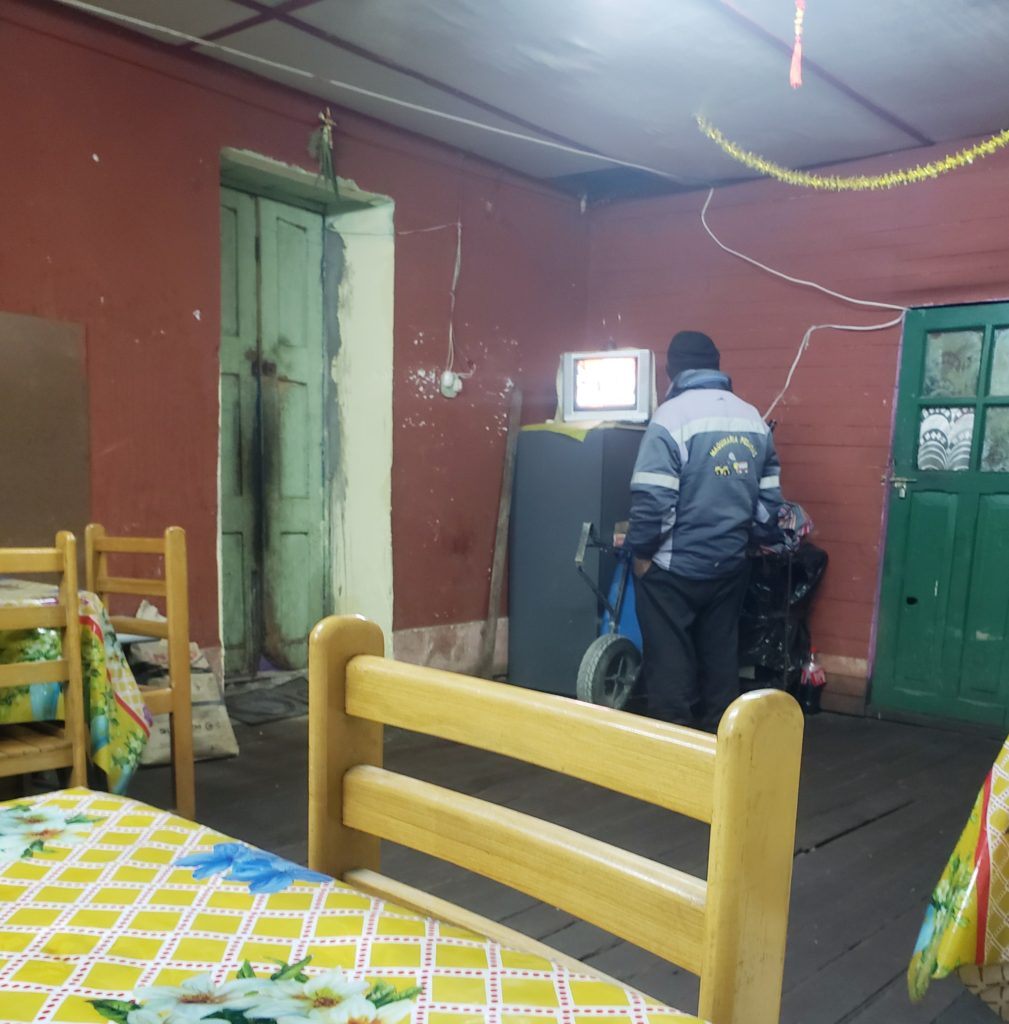

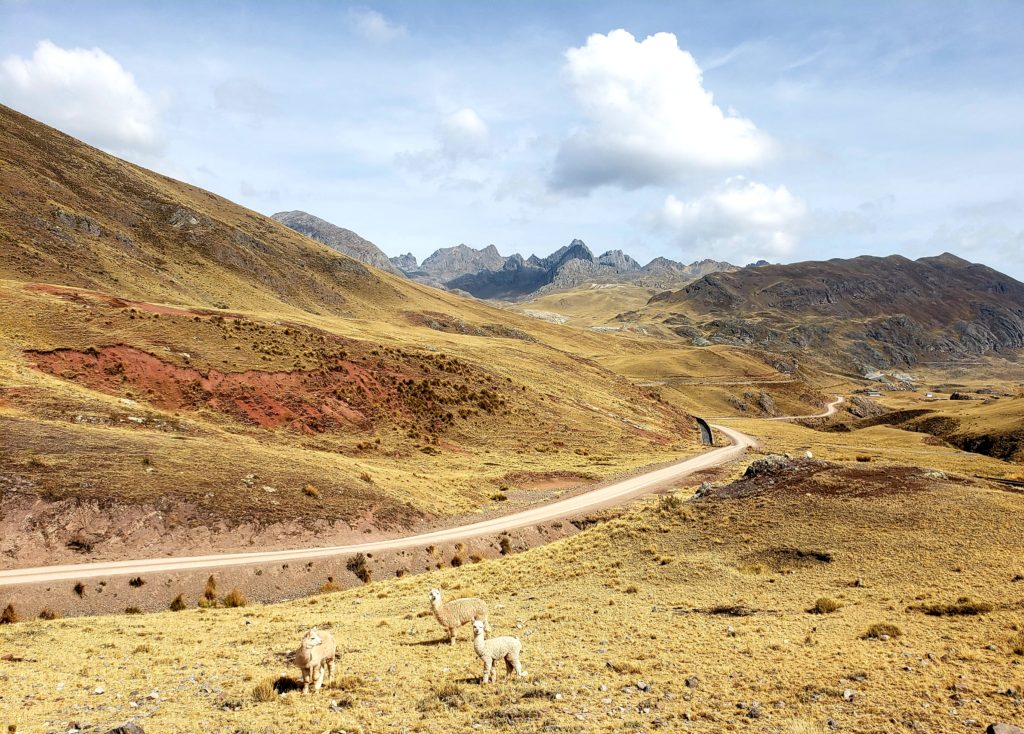
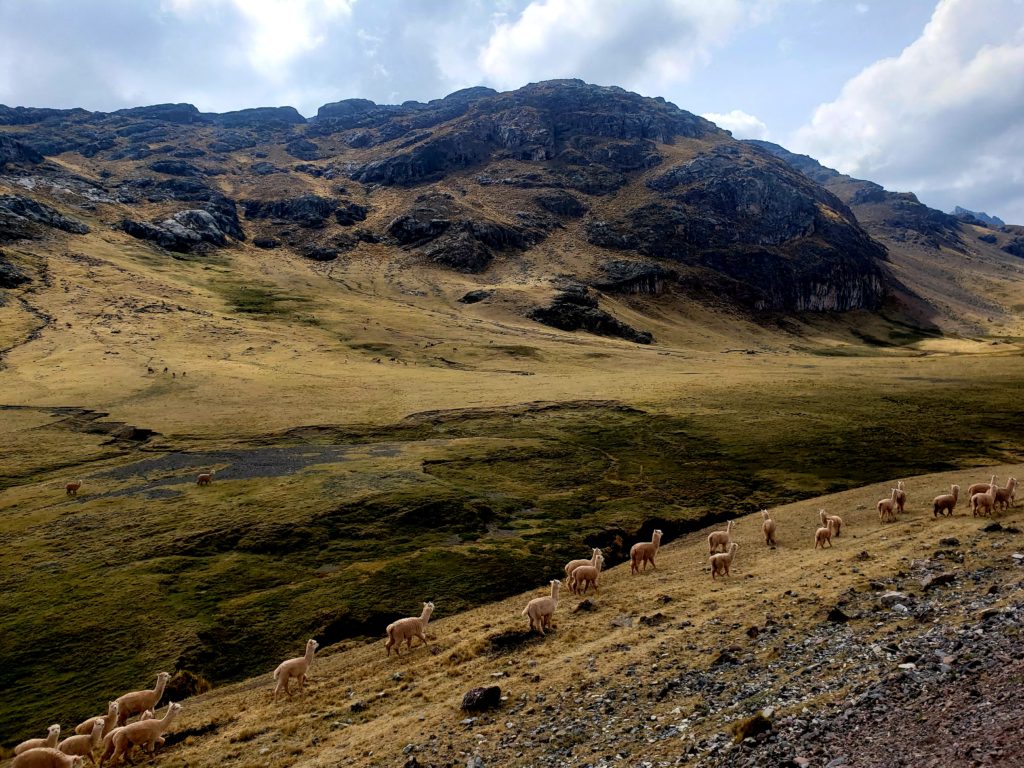
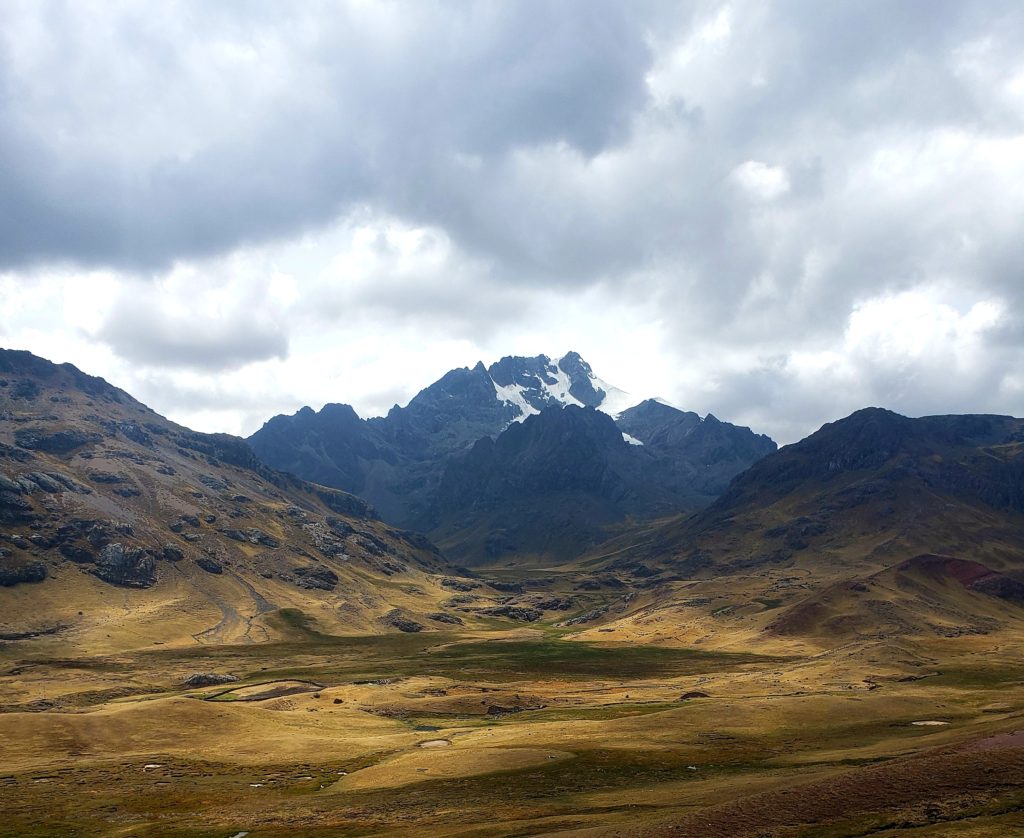
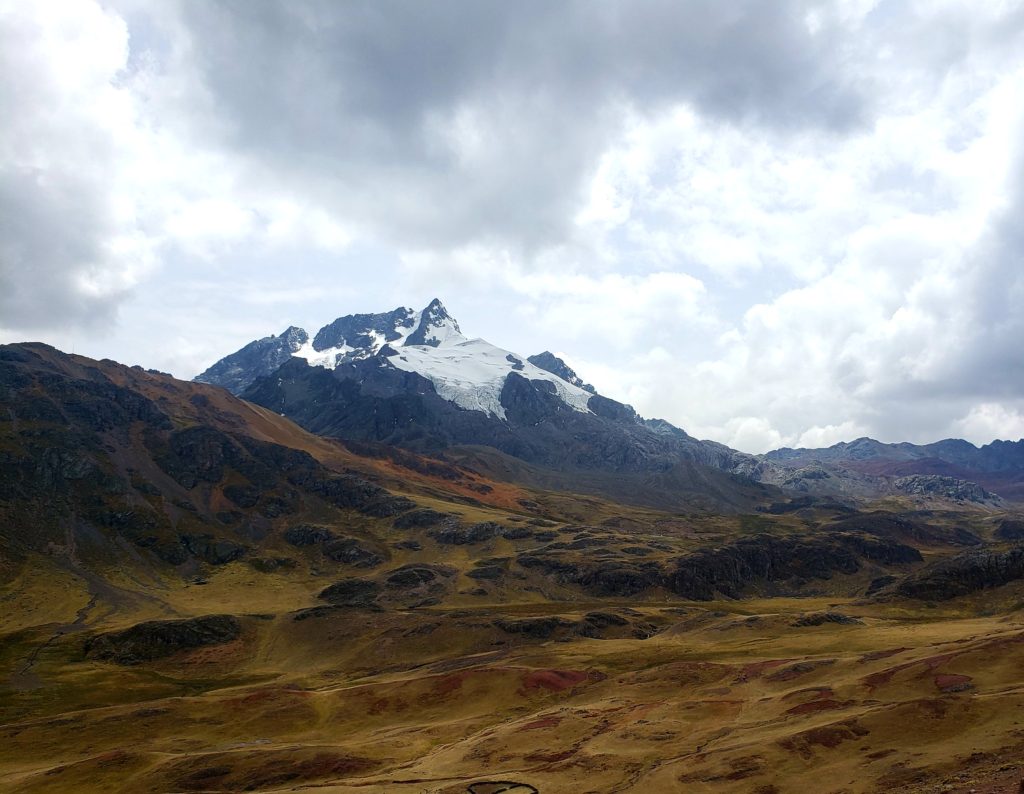
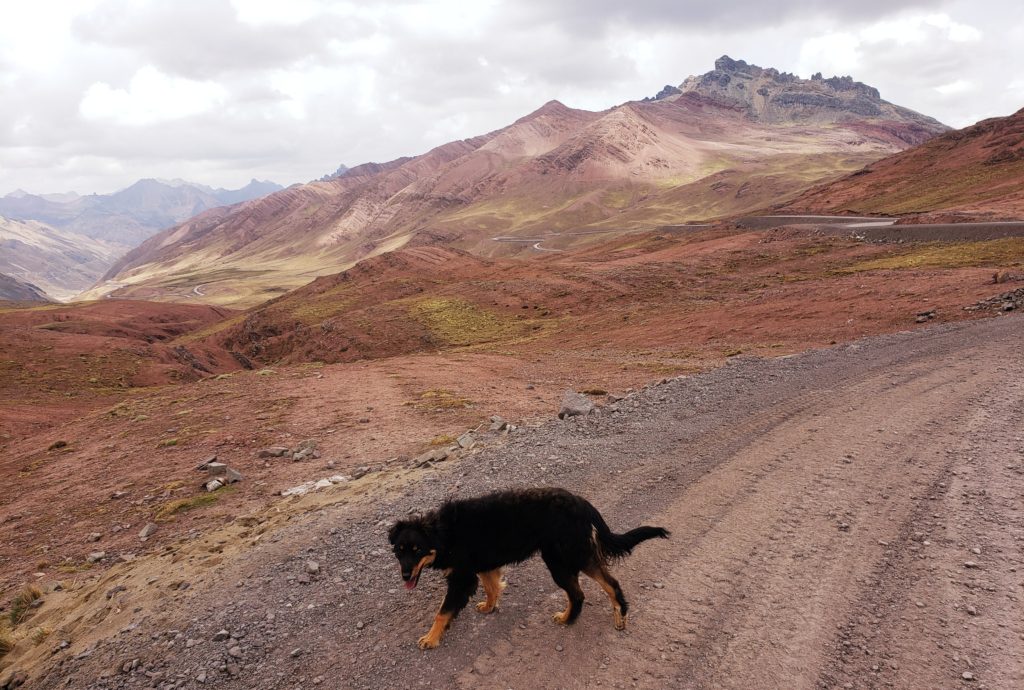

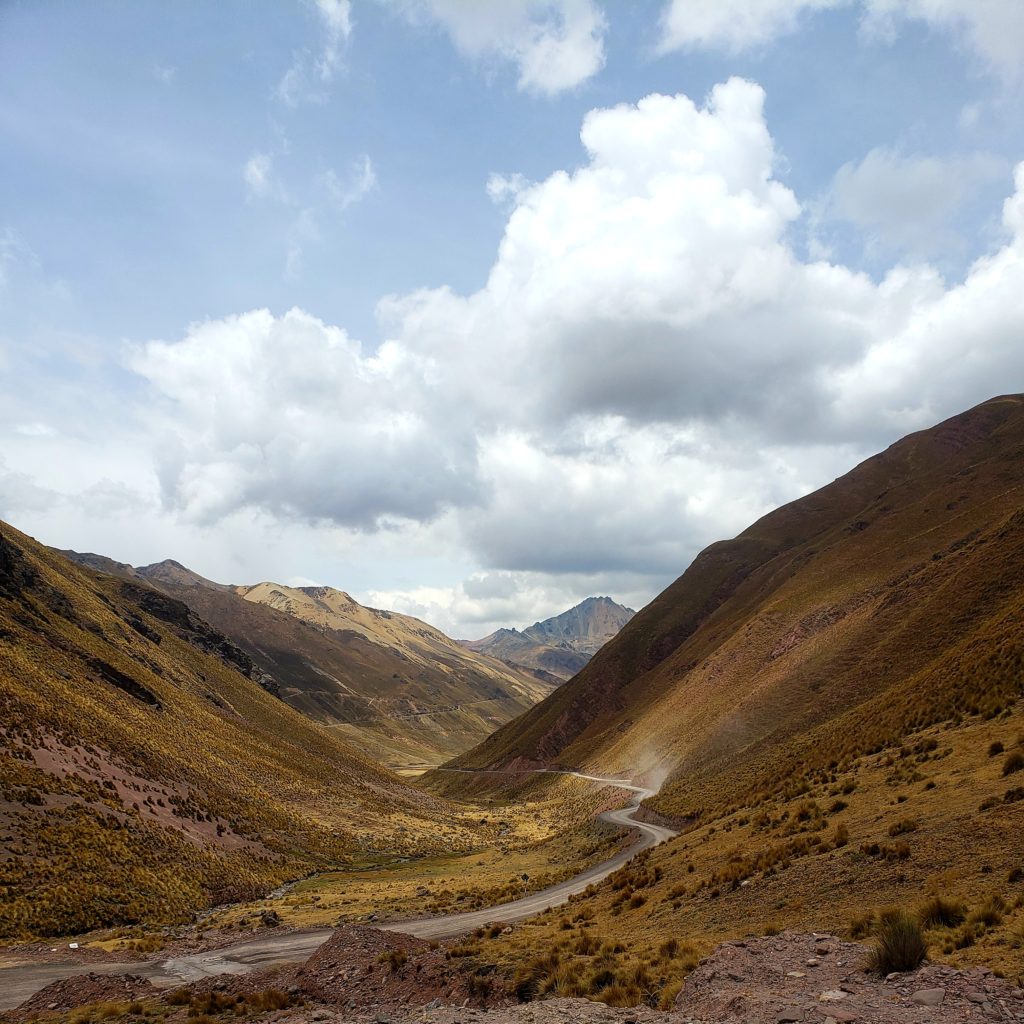
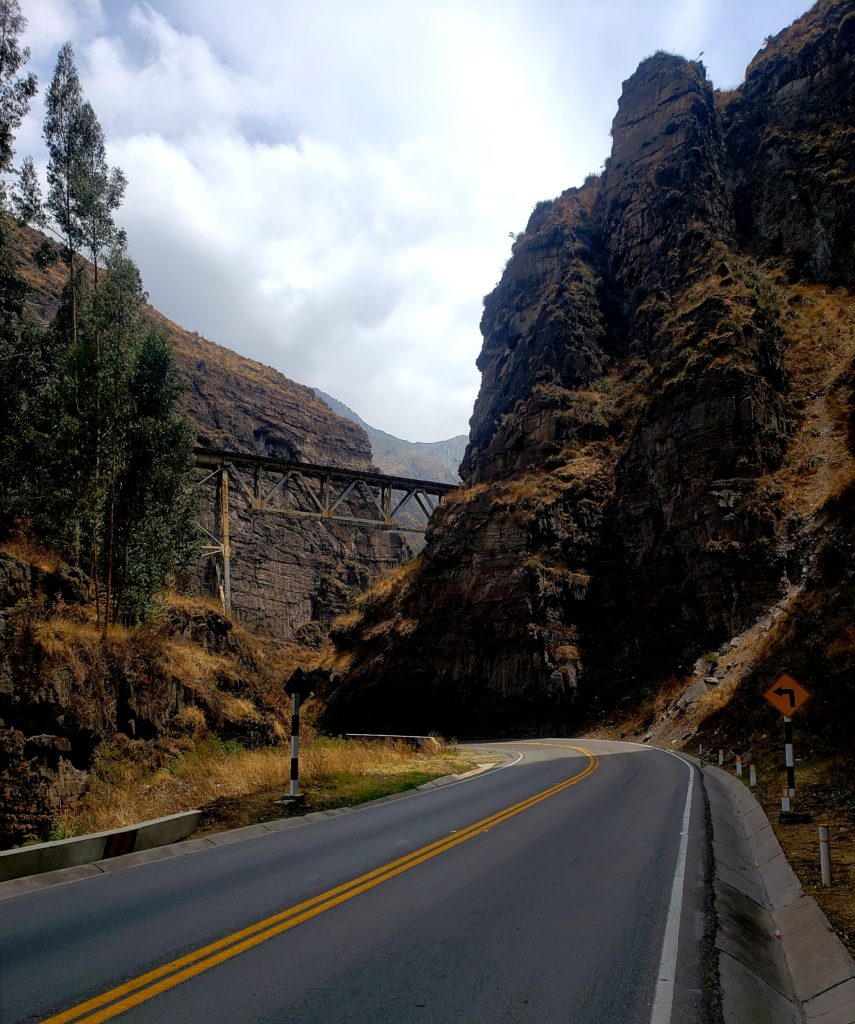
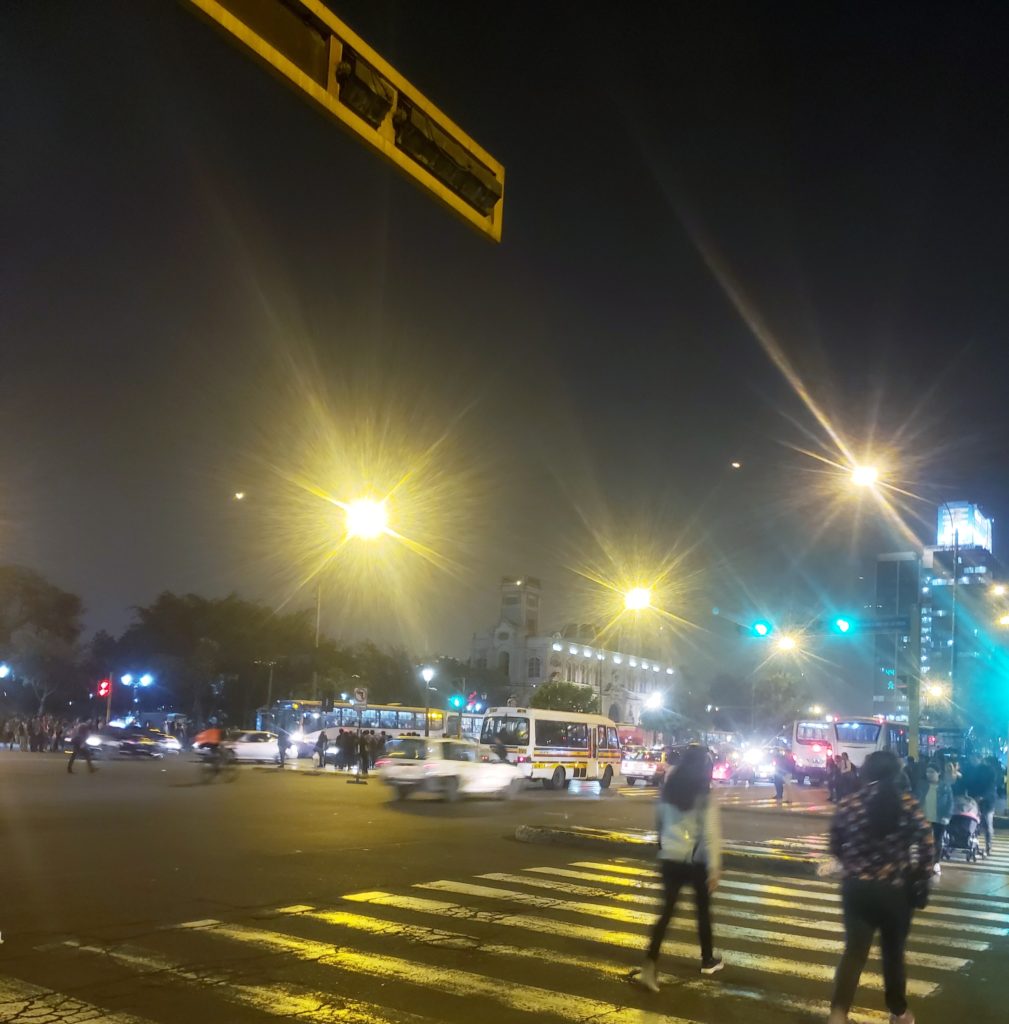
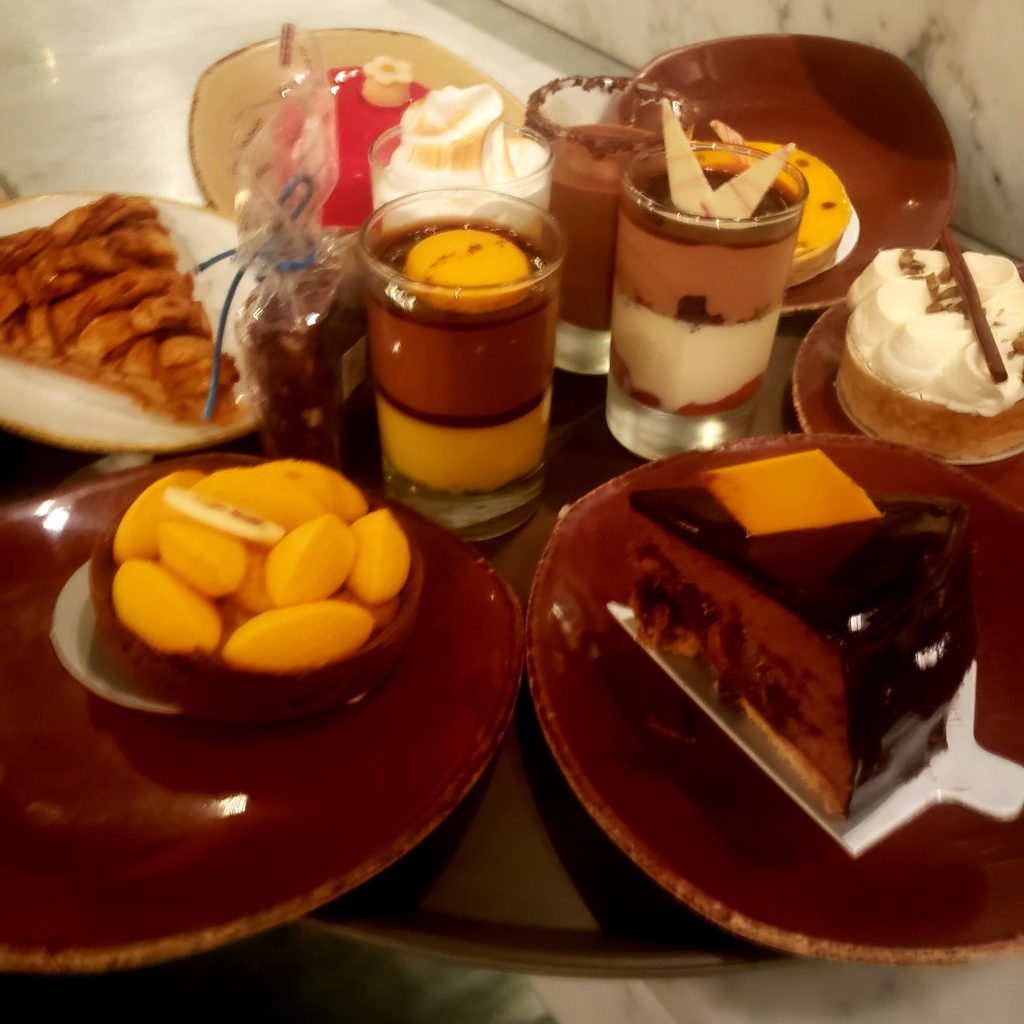
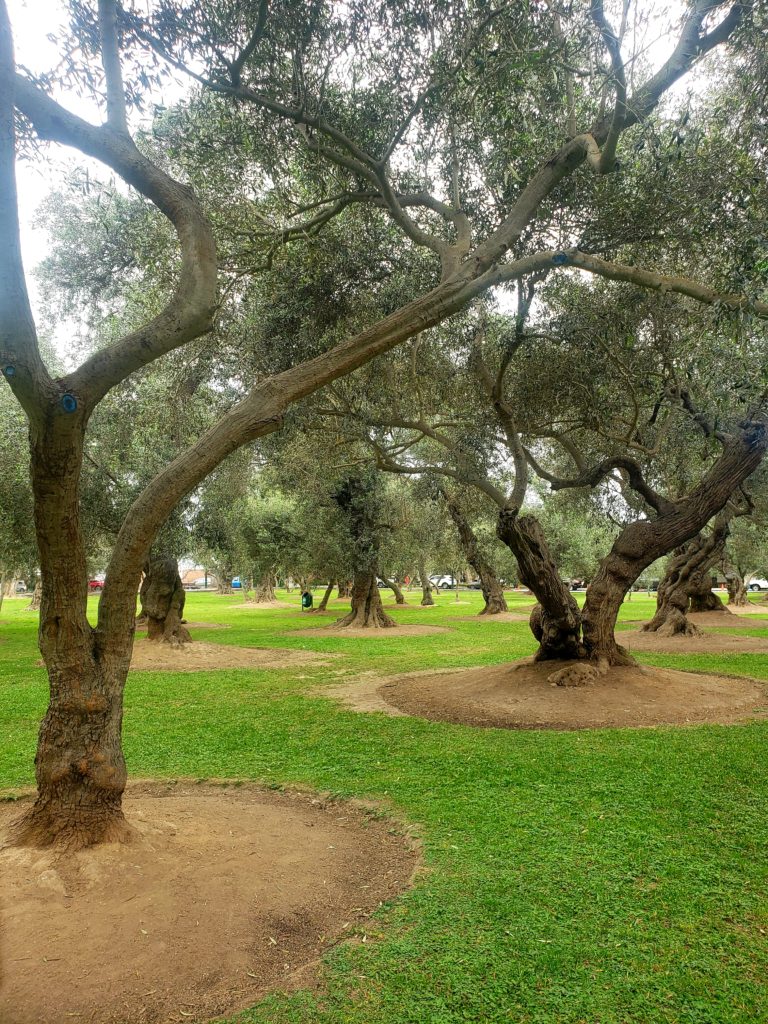
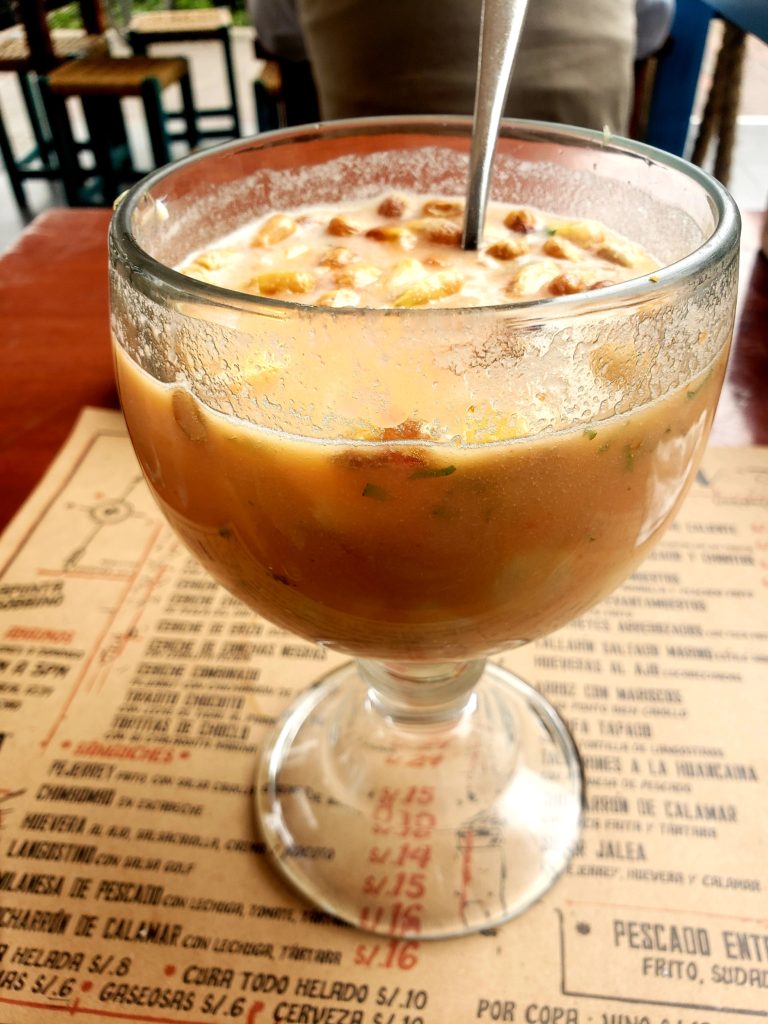
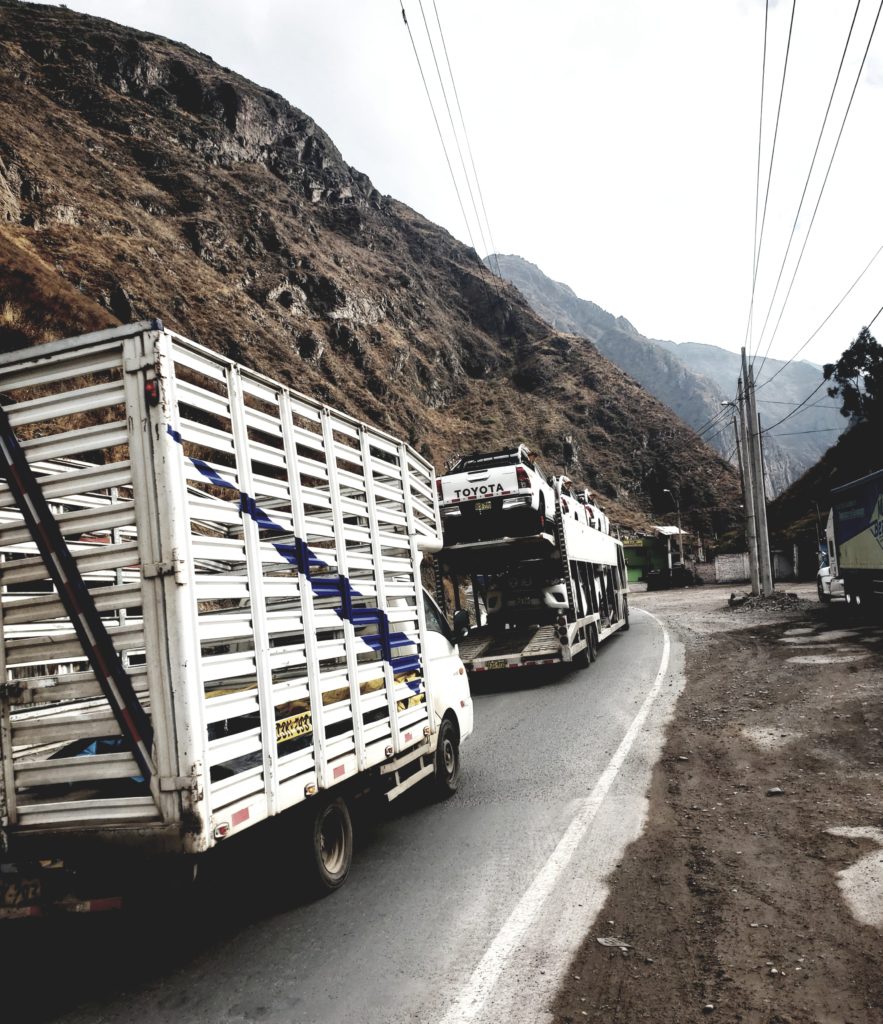
Archives
Calendar
| M | T | W | T | F | S | S |
|---|---|---|---|---|---|---|
| « Mar | ||||||
| 1 | 2 | 3 | 4 | |||
| 5 | 6 | 7 | 8 | 9 | 10 | 11 |
| 12 | 13 | 14 | 15 | 16 | 17 | 18 |
| 19 | 20 | 21 | 22 | 23 | 24 | 25 |
| 26 | 27 | 28 | 29 | 30 | 31 | |